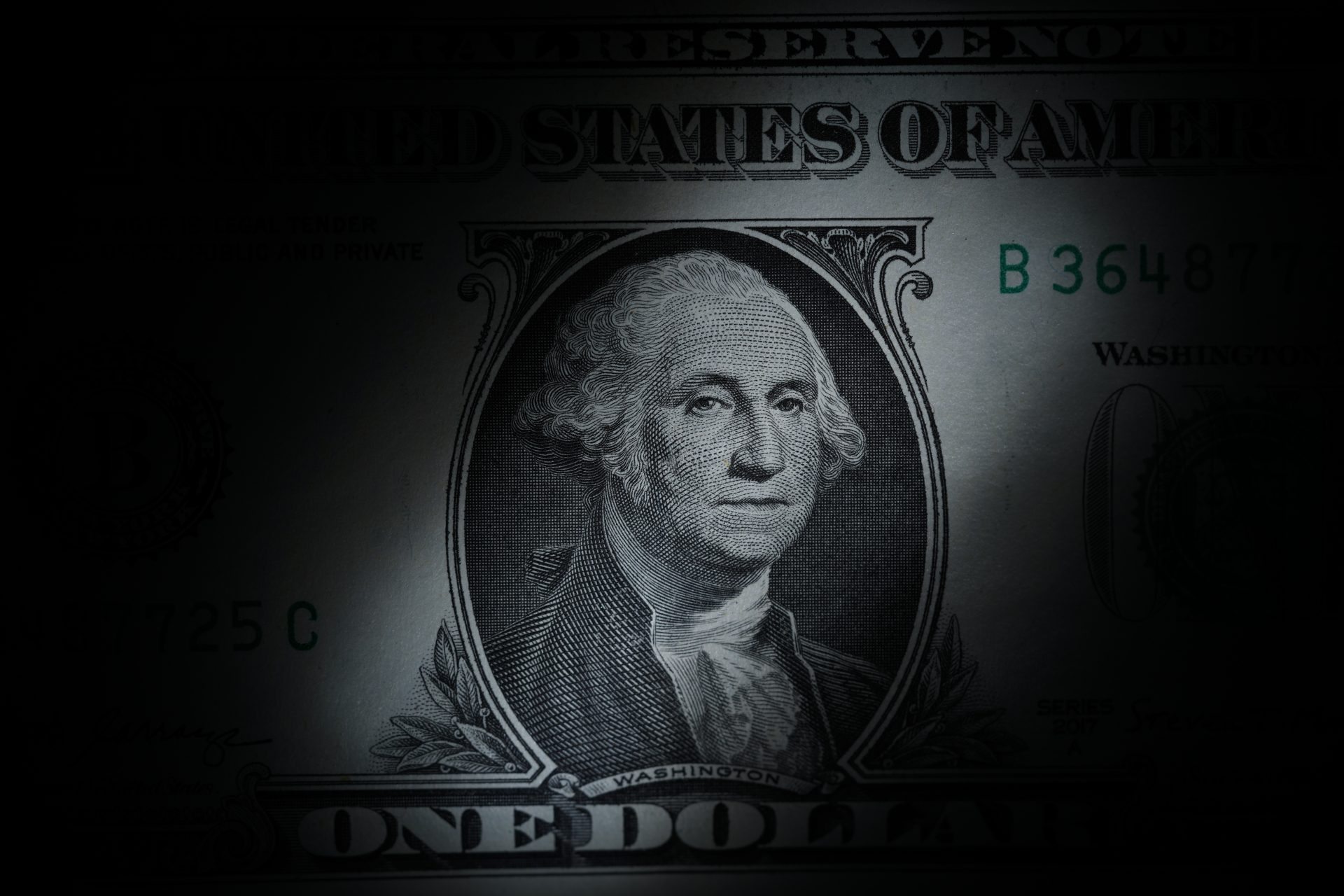|
Only have a minute? Listen instead
Getting your Trinity Audio player ready...
|
Back before the Great Depression (1929-1941) when we were on the gold standard, almost everyone believed that stable money values were one of the most important and proper functions of the monetary policy of any government. A smooth-talking economist with a long university pedigree by the name of John Maynard Keynes (some said he was the most renowned economist of our times) preached and wrote extensively in favor of planned inflation to stimulate continual growth of the economy by a “central bank” system. It was through his influence that our Federal Reserve system was created, and Richard Nixon got us off the gold standard.
If gold is the standard for money values, planned inflation would require a constant formally announced devaluation of our dollar, with a corresponding increase in the currency value of gold. No government wants to admit that our currency is unstable; thus, Nixon took us off the gold standard so that the Federal Reserve could practice planned inflation; he thought it could get him reelected. His plan was not very successful for the economy, even though he was re-elected before the Watergate scandal.
Planned inflation is achieved through keeping interest rates low with cheap money (low interest rates on money distributed to the banks) then printing and borrowing as much money as needed at that rate of interest. This makes it possible for businesses to expand more easily, people to build homes more easily and keep the economy stimulated.
Keynes was easy to believe, because humans have a flaw of the brain that allows them to believe what soothes their emotional comfort. It is the same flaw that allows their religious beliefs. Faith is based on human weakness, as are Keynesian economics and progressive liberalism. There was always Edward C. Harwood (a conservative economist) trying to explain the evils of inflation in economic terms, but to no avail. Milton Friedman came a bit later and earned the Nobel Prize for refining Harwood’s teachings, but to no avail; we still have the Fed practicing Keynesian economics, because it feels good (for young people).

We still have depressions and recessions cyclically, and more often, by practicing planned inflation. The Fed enables our government by printing the excess money it can no longer borrow, so that government can continue to grow into areas in which government should not be allowed. Government pays off its borrowing with currency that has half the value it had when borrowed.
But the the results of inflation for you and me are:
What we saved for our children’s college is no longer enough; what we saved for our retirement is no longer enough; the weekly food cost that was $100 a short time ago is now $ 200. Now that we are too old to work, we will probably have to go on welfare when our savings run out. Maybe our children can put us in their garage?
Planned inflation discourages saving; why bother if interest rates are so low that saving is not rewarded; if what you save buys less than when you put it away? The biggest thief liberalism has is planned inflation. What was the richest country in the world has a huge number of poor retirees. Do you think you will have enough savings to travel when you retire? Some few of you will, but for most, dream on, sucker!
Money is the real social contract, and government is not living up to its end of the bargain.
Jim N. Taylor lives in Harlingen.




